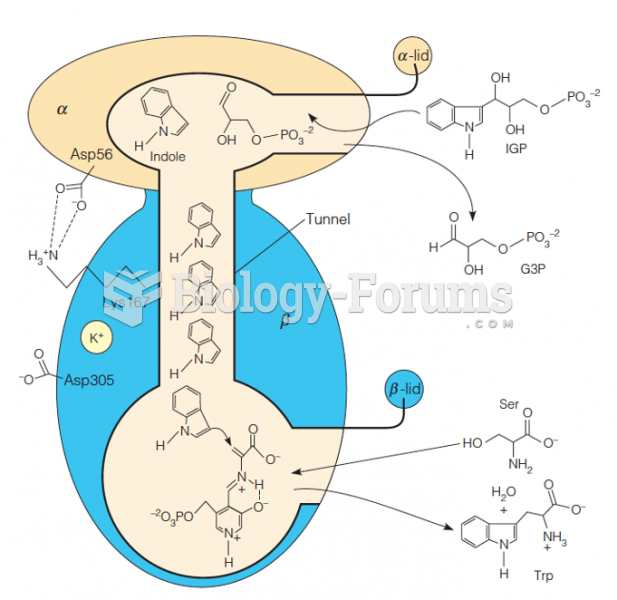|
|
|
The average human gut is home to perhaps 500 to 1,000 different species of bacteria.
Women are 50% to 75% more likely than men to experience an adverse drug reaction.
Nearly 31 million adults in America have a total cholesterol level that is more than 240 mg per dL.
In most cases, kidneys can recover from almost complete loss of function, such as in acute kidney (renal) failure.
Signs and symptoms that may signify an eye tumor include general blurred vision, bulging eye(s), double vision, a sensation of a foreign body in the eye(s), iris defects, limited ability to move the eyelid(s), limited ability to move the eye(s), pain or discomfort in or around the eyes or eyelids, red or pink eyes, white or cloud spots on the eye(s), colored spots on the eyelid(s), swelling around the eyes, swollen eyelid(s), and general vision loss.







